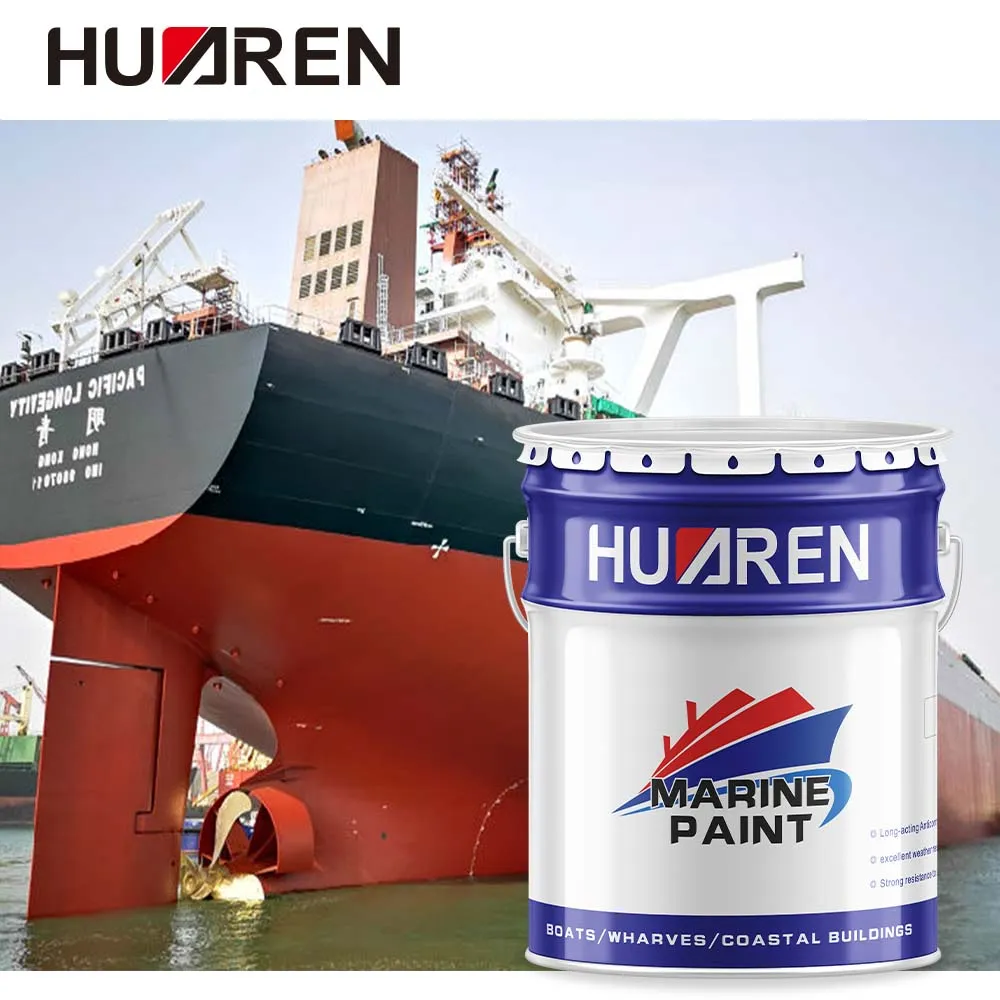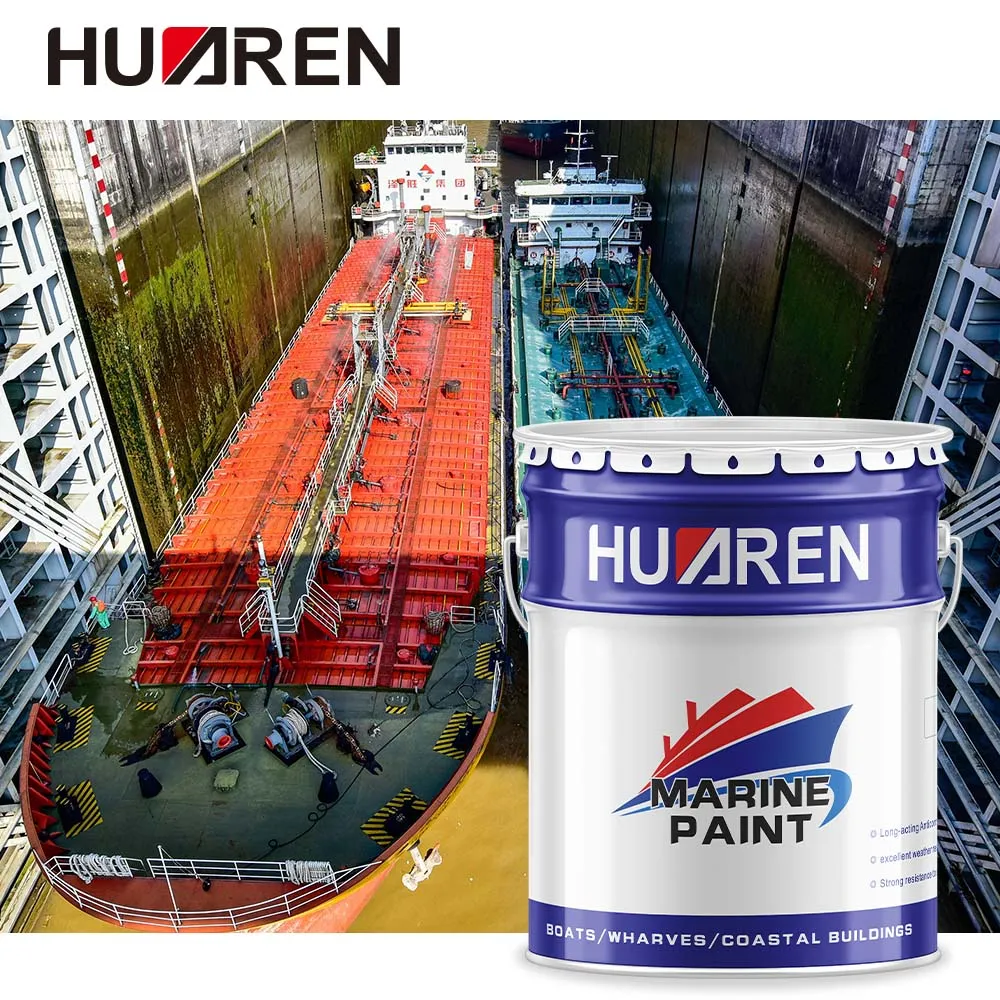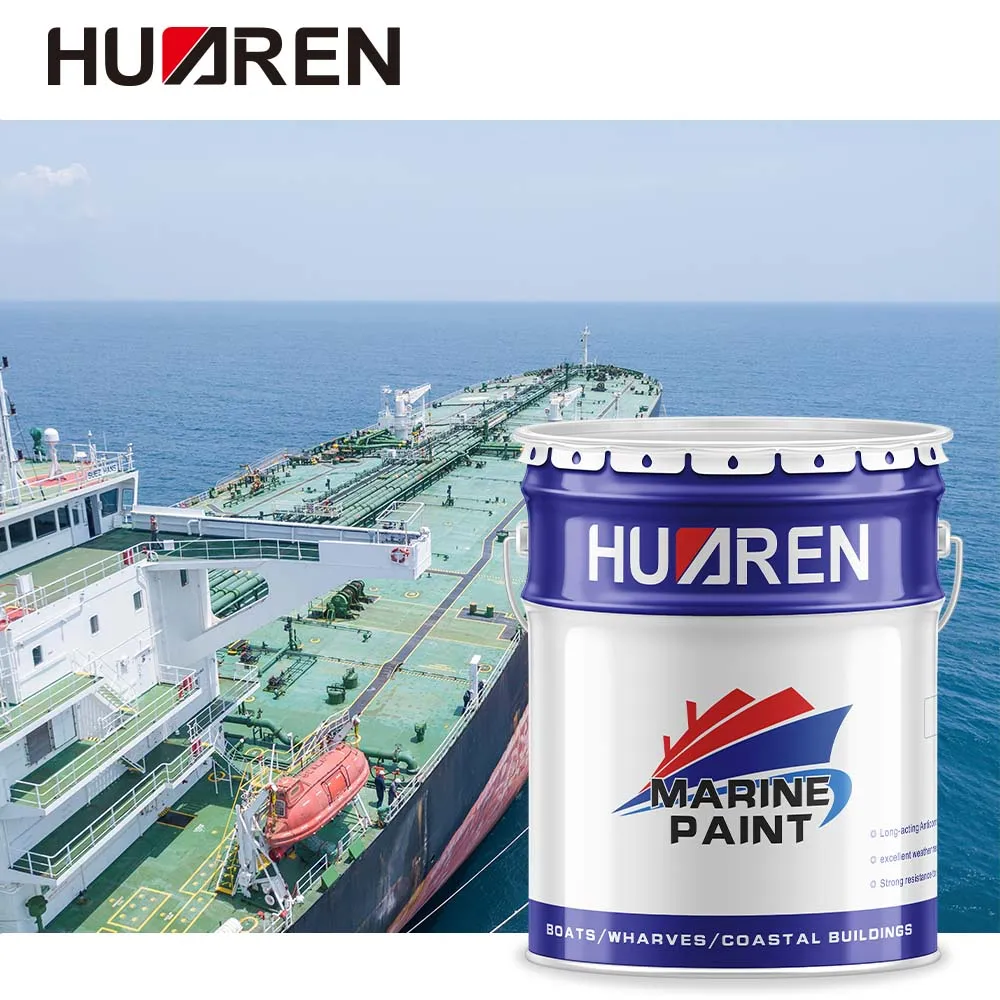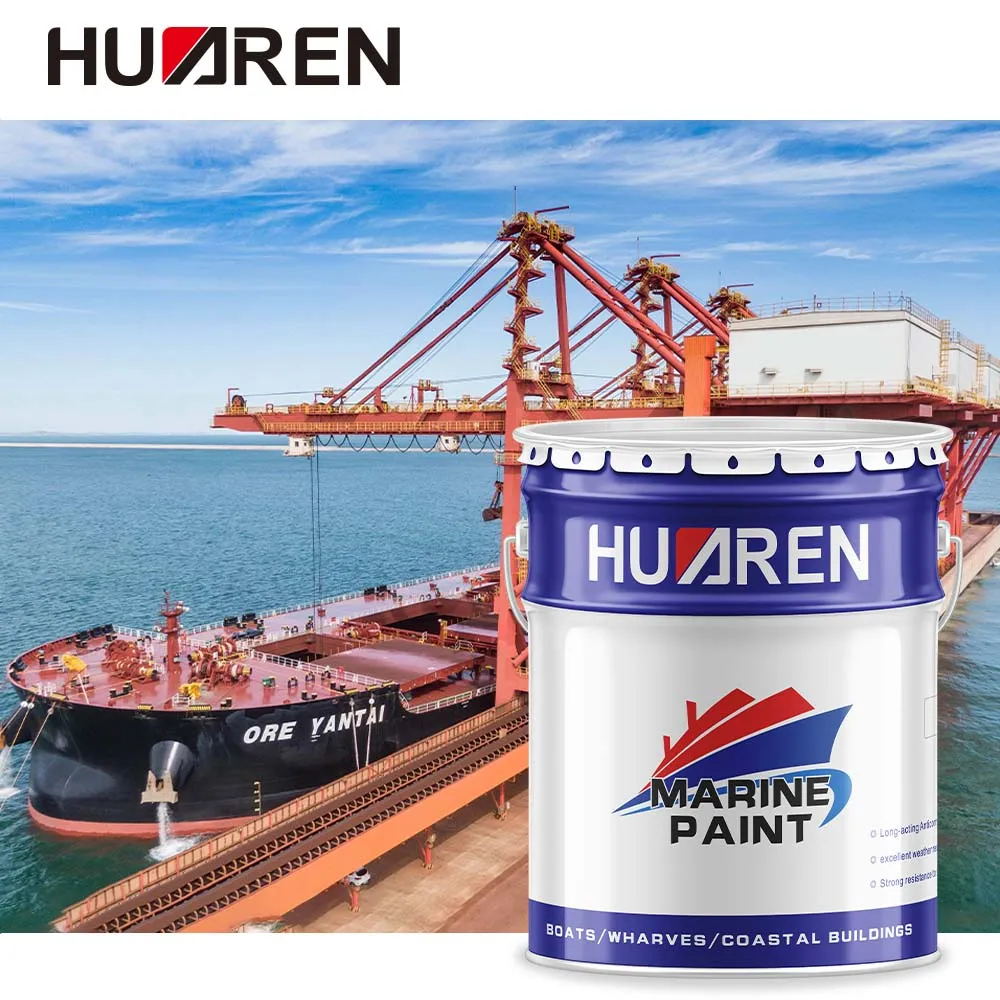Vessels sailing in the marine environment face a common but thorny problem – biofouling. Biofouling refers to the attachment of marine organisms (such as barnacles, shellfish and seaweed) to the surface of the ship’s hull, resulting in reduced performance, increased fuel consumption and possible long-term damage to the hull. To combat this problem, shipowners and ship operators often choose antifouling paint as the primary means of hull protection.
Among the many types of antifouling paints, hard antifouling paint and self-polishing antifouling paint are two of the most common and widely used options. However, the differences between them, their applicable scenarios and their effectiveness are not well known to everyone. This article will delve into the differences between hard antifouling paint and self-polishing antifouling paint to help shipowners better understand and make the most appropriate choice.

What is hard antifouling paint?
Hard antifouling paint is an insoluble coating that is commonly used on high-speed vessels, tugboats and those ships moored in dry docks. Its characteristic is that the coating has high hardness and can withstand high-speed driving and frequent physical wear while providing long-term antifouling protection.
Types of ships suitable for hard antifouling paint:
● High-speed motorboats: Due to the high speed of high-speed motorboats, the hull surface needs to withstand greater water flow impact. The high wear resistance and stability of hard antifouling paint make it an ideal choice for high-speed motorboats. The coating can remain intact when sailing at high speeds, reducing the chance of marine organisms attaching.
● Tugboats: Tugboats need to perform heavy load operations such as towing and berthing frequently. This operation places high demands on the coating of the hull, and hard antifouling paint can meet these challenges due to its wear resistance and ruggedness.
● Ships moored in dry docks: For those ships that are moored in dry docks for a long time or are rarely used, hard antifouling paint can provide long-term antifouling protection without worrying about coating deterioration or biological attachment.
Key features of hard antifouling paint:
● High wear resistance: The coating of hard antifouling paint forms a very hard surface after drying, which makes it ideal for use in harsh conditions, such as high-speed sailing or frequent friction.
● Long-lasting antifouling: Due to its high hardness, the coating is able to maintain its antifouling properties for a long time, especially when sailing at high speeds or mooring for a long time.
● No polishing: Hard antifouling paint will not gradually polish or consume over time during use, which means that its thickness and protective performance can remain consistent until the next maintenance or re-coating.
Applicable scenarios of hard antifouling paint:
● High-speed vessels and motorboats.
● Vessels with frequent berthing and towing operations, such as tugboats.
● Vessels moored in dry docks for a long time or vessels that are not frequently used.

What is self-polishing antifouling paint?
Self-polishing antifouling paint is a special paint that gradually polishes and releases antifouling active substances through a chemical reaction with seawater, thereby preventing the attachment of marine organisms. Unlike hard antifouling paint, self-polishing antifouling paint will gradually consume during use, keeping the surface of the hull smooth and clean.
Types of ships suitable for self-polishing antifouling paint:
● Sailboats: Sailboats usually have a lower speed but a longer range. The characteristics of self-polishing antifouling paint make it very suitable for sailboats. Since sailboats are in continuous contact with seawater during navigation, self-polishing antifouling paint can keep the hull clean by continuously polishing and releasing active ingredients.
● Ships operating at sea for a long time: For those ships that are in the marine environment for a long time, self-polishing antifouling paint provides a continuous protective effect and reduces the risk of biofouling.
Main features of self-polishing antifouling paint:
● Continuous polishing: Self-polishing antifouling paint will react chemically with seawater during the navigation of the ship, gradually polishing and releasing antifouling ingredients. This process not only keeps the surface of the hull smooth, but also effectively prevents biological attachment.
● Controllable consumption: The polishing speed of self-polishing antifouling paint can be adjusted according to the formula of the paint, which allows shipowners to choose the appropriate paint according to the frequency and conditions of the ship's navigation.
● Even consumption: The even consumption of self-polishing antifouling paint allows the protective performance of the hull to remain consistent over time without frequent re-coating.
Self-polishing antifouling paint is suitable for:
● Sailboats and other long-range ships.
● Ships that require long-term protection and are often in contact with seawater.
● Ships that sail frequently and need to keep the hull surface smooth.

Other types of antifouling paint and their applications
In addition to hard antifouling paint and self-polishing antifouling paint, there are other types of antifouling paint suitable for specific ships and navigation needs. These antifouling paints have their own characteristics in antifouling effect and application scenarios.
Semi-polished antifouling paint:
● Applicable ship type: Semi-polished antifouling paint is suitable for speedboats and medium-speed ships. Its characteristics are between hard antifouling paint and self-polishing antifouling paint. It has a certain polishing effect and can maintain relatively high wear resistance.
● Main features: Semi-polished antifouling paint will have a certain polishing effect during navigation, but its consumption rate is slower than self-polishing antifouling paint. It is suitable for ships that require both polishing effect and high wear resistance.
Thin-film antifouling paint:
● Applicable vessel types: Thin-film antifouling paint is suitable for vessels that require an extremely smooth surface, such as high-performance racing boats or yachts. Its extremely smooth surface makes it more difficult for marine organisms to attach, thereby keeping the hull clean and fast.
● Main features: The surface formed by thin-film antifouling paint is very smooth and has almost no attachment points, which makes it difficult for marine organisms to attach to the hull. This type of paint is usually used on vessels that require an extremely high surface finish, or in environments that are extremely sensitive to biofouling.

How to choose the right antifouling paint?
First, consider the type and purpose of the ship. High-speed vessels are more suitable for hard antifouling paint, while sailboats and long-range vessels are more suitable for self-polishing antifouling paint. For special-purpose vessels, such as racing boats or yachts, thin-film antifouling paint may be a better choice. Secondly, the sailing environment in which the ship is located is also an important factor in choosing antifouling paint. If the ship often sails in high temperature or high biological activity areas, it may be more appropriate to choose self-polishing antifouling paint because it can provide continuous protection in this environment.
In addition, different antifouling paints have different maintenance cycles. Hard antifouling paints generally do not require frequent maintenance, while self-polishing antifouling paints require regular inspection and re-application according to the consumption of the paint. The cost of antifouling paint includes not only the purchase and application costs, but also the long-term maintenance and operating costs. Choosing the right antifouling paint can help shipowners reduce overall operating costs while maintaining the hull protection effect.
Huaren Chemical Industry Co., Ltd. is a professional Chinese manufacturer specializing in the production of high-performance industrial paints and resins. With 30 advanced paint production lines and 6 for resins, we ensure stable supply and top-tier quality for our global customers. Our products, such as chlorinated rubber paints, water-based industrial coatings, and heavy-duty anti-corrosion paints, are trusted across industries like machinery, construction, and petrochemicals. Buyers can enjoy affordable pricing, bulk purchasing discounts, and customized options tailored to their needs. Whether you are a supplier, distributor, or direct buyer, Huaren Chemical offers excellent value. Get in touch with us for free quotes and exclusive promotions!

